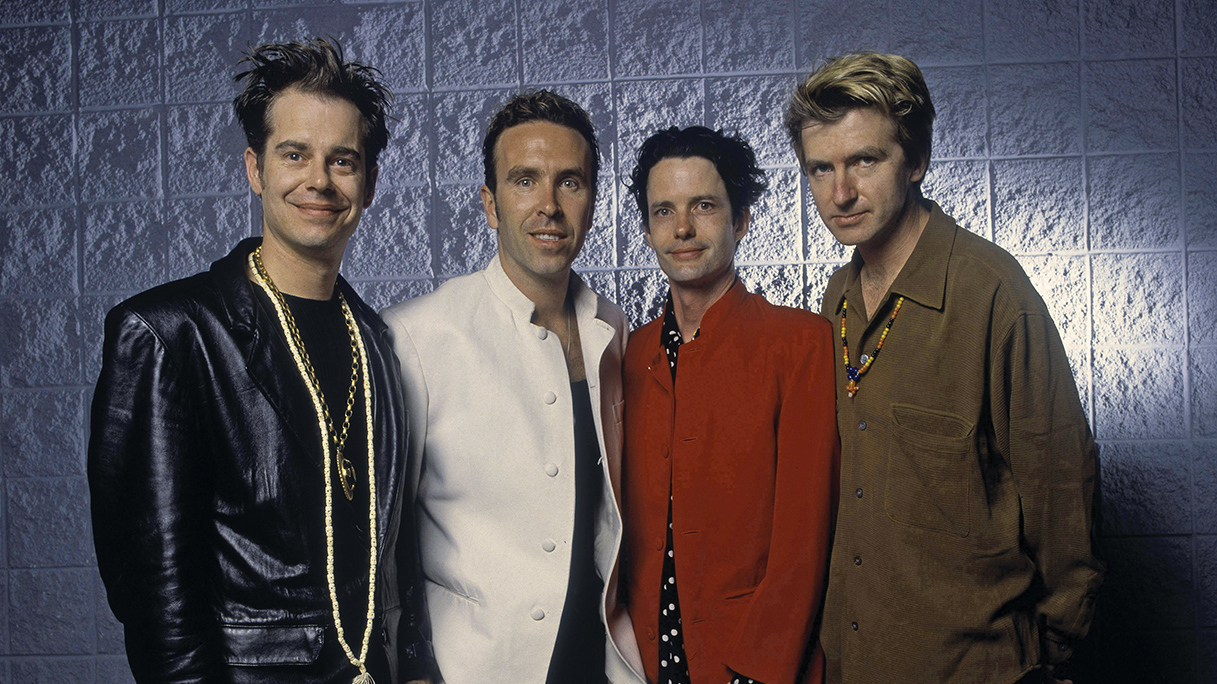The bold birthday promotional peg heralding these elegantly packaged two-disc re-releases gives the false impression that these purveyors of harmony-soaked pop rock have been a fixture for three decades. Actually it’s just six albums, because the group were inactive (read ‘disbanded’) for almost half of the period they’re celebrating.
They finally(?) call it a day with high-profile gigs in Sydney in November, mischievously billed as the 20th anniversary of their first farewell tour. Yet although there is much to admire in the twist of Lennonesque vocal steel aligned to McCartneyesque melody, the bells ring loudest for a comparatively short length of time.
Crowded House (1986, 6⁄10) is more a map than a destination, and beyond the sublime Don’t Dream It’s Over it’s period cookie-cutter AOR. Ditto 1988’s Temple Of Low Men (6⁄10), another statement of intent that hints at greatness while not delivering, but all the pieces were in place for the band’s next release.
Three years on, Woodface (8⁄10) hones the formula with pleasing results, the sound of a band embracing the pop mainstream with bravado (It’s Only Natural, Weather With You), while slyly biting the hand that feeds (Chocolate Cake). Global adulation ensued, and it was brave to stretch rather than consolidate for the follow-up.
The shades, tints and tones of 1993’s Together Alone (9⁄10) mark it out as one the decade’s most accomplished pop statements; directness (Distant Sun), introspection (Private Universe) and playfulness (Pineapple Head) converge in confident grandeur. Arguably, main man Neil Finn felt the job had been done and it was time to move on to other goals.
Drummer Paul Hester’s suicide in 2005 brought Finn and bassist Nick Seymour together again, and what started as sessions for a Finn solo record developed into a Crowded House one, Time On Earth (7⁄10), its strongest inclusion, People Are Like Suns, read by many as a coded tribute to their lost bandmate.
From 2010, Intriguer (7⁄10) is another strong platform for Finn’s innate pop sensibilities, but it lacks the seductive spark of the group’s 90s records. It may prove to be Crowded House’s last hurrah (never say never), and if so it’s a solid, though muted, collection on which to finally bow out.
